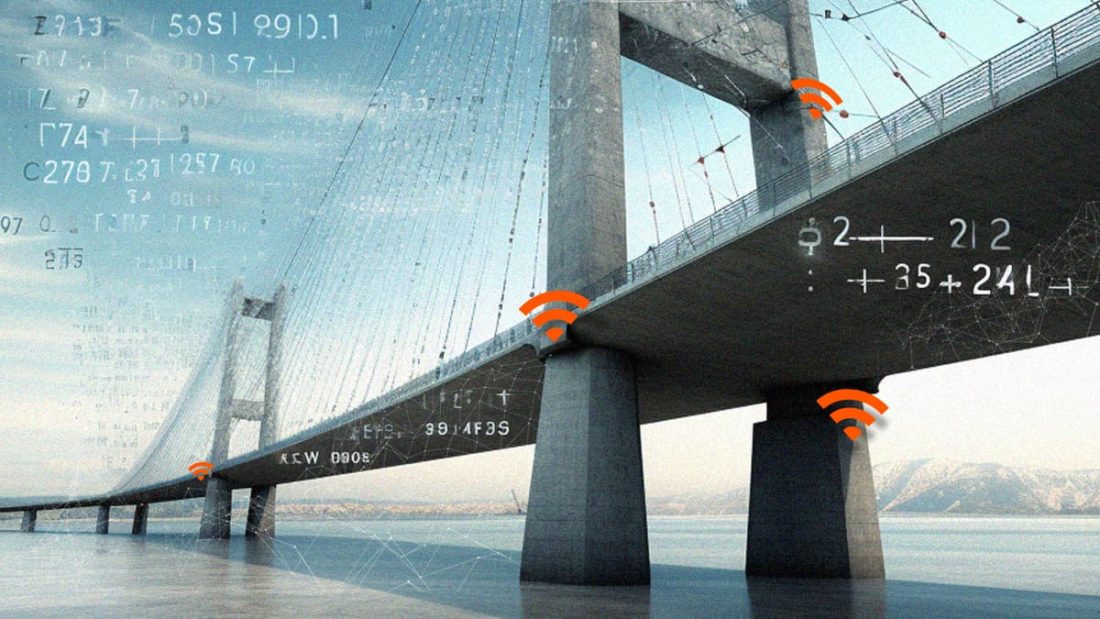Service Life Models for Reinforced Concrete Structures
Modeling Methodology and Historical Overview
Service life modeling of reinforced concrete structures relies heavily on predicting the time it takes for harmful agents like chlorides to penetrate the concrete and reach the reinforcing steel, thereby initiating the process of corrosion. This prediction is often formulated through the Fickian approach, which is a diffusion-based model for chloride ingress. The most influential model in the field of concrete corrosion is arguably that of Göran Tuutti, presented in the 1980s. Tuutti’s model is considered the foundation upon which most existing models are based. His work divides the service life of reinforced concrete into an initiation period and a propagation period, laying the groundwork for the deterministic and probabilistic approaches that followed.
A Survey of Common Models
Life 365 was developed by a consortium of concrete industry partners, Life 365 is based on Fick’s Second Law of Diffusion and is widely utilized for its user-friendly interface and flexibility. Boundary conditions are based on limited field surveys in North America. Life 365 can be downloaded for free and has been in use since the early 2000s. It can be used to perform economic analysis for life cycle costs including repairs.
The Duracrete model uses a Monte Carlo probability analysis with input data based on European experience accounting for the uncertainties in material properties, environmental conditions, and quality of construction. Developed in the late 1990s, it offers a more nuanced but complex analysis compared to deterministic models.
Stadium was developed by SIMCO Technologies in 2010. Unlike most models, Stadium is based on multi-ionic transport and reaction modeling in saturated and unsaturated concrete. It requires the determination of non-standardized concrete transport properties to be performed by a certified lab. Its use is offered as part of SIMCO’s integrated solutions and engineering consulting services for the optimum design and maintenance of infrastructure.
While service life prediction models like Life 365, Duracrete, and Stadium have contributed significantly to our understanding of concrete durability, they do have intrinsic limitations. Perhaps the most critical limitation is that these models are, at their core, theoretical attempts to encapsulate a complex, multi-variable phenomenon. The natural world rarely adheres strictly to theoretical models, and the corrosion of concrete is no exception. There are a multitude of factors at play, ranging from the quality of materials and construction techniques to environmental variables like temperature, humidity, and chloride exposure. Each of these variables can have a compounding effect on the corrosion process, rendering it a highly stochastic and unpredictable event.
The Future: The Role of Pulse Sensors in Service Life Modeling
Emerging technologies like Pulse IoT Systems are set to play a pivotal role in advancing our understanding of service life in reinforced concrete structures. Unlike traditional sensors, Pulse sensors operate by collecting real-time data that indicates the ingress of corrosive agents at different depths within the concrete cover. This direct measurement eliminates the need to rely solely on theoretical assumptions and models, providing a more accurate representation of the current state of the concrete.
Importantly, the data from Pulse sensors offer a factual basis for understanding how and where corrosive species are infiltrating the concrete over time. As these sensors are adopted more widely, the resulting data can potentially serve to refine existing service life models. Rather than supplanting traditional methods, Pulse sensors could act as a complementary tool, adding empirical data to theoretical frameworks.
In conclusion, while traditional service life models have provided valuable insights into the durability of reinforced concrete, advancements in IoT and AI technologies present opportunities for more accurate, real-time, and dynamic predictions. As we move into this exciting new phase, asset owners should be prepared to embrace these technologies for more effective and cost-efficient structural health monitoring.
The convergence of AI and IoT in Structural Health Monitoring is more than a technological advancement it’s an evolution in how we perceive and interact with our surroundings. The robust data gatherer through IoT serves as the bedrock for AI’s predictive capabilities, forming a symbiotic relationship that transcends traditional boundaries.
The importance of this evolution lies in its ability to enhance our understanding of materials and structural behavior, improve safety standard, optimize maintenance strategics, and ultimately shape a more resilient and sustainable future.
Keywords: Structural Health Monitoring (SHM), Artificial Intelligence (AI), Internet of Things (IoT), Asset Health Monitoring, Corrosion Detection, Sensor Technologies, Predictive Maintenance, Construction Technology (Contech)

